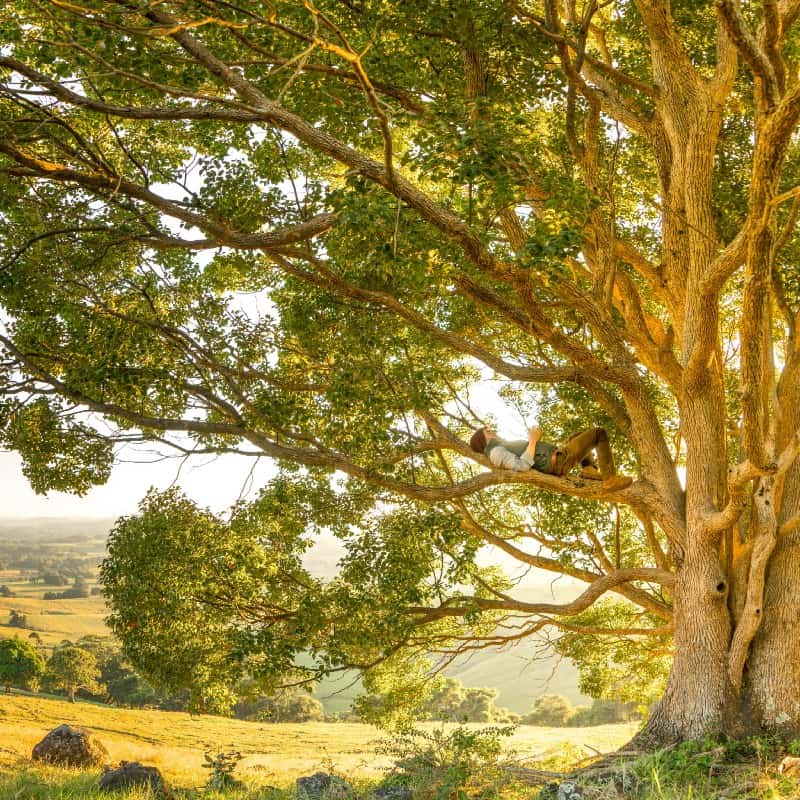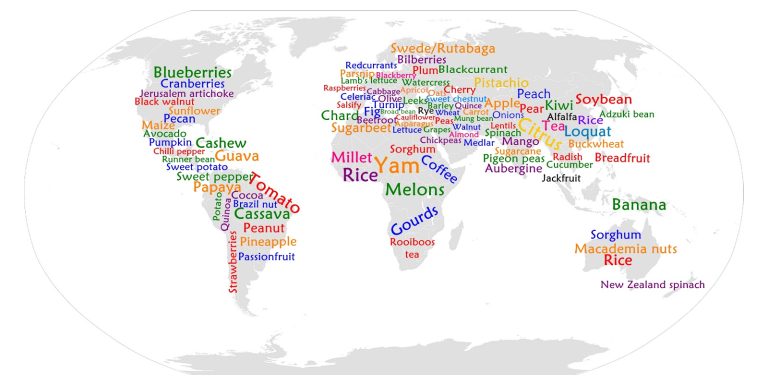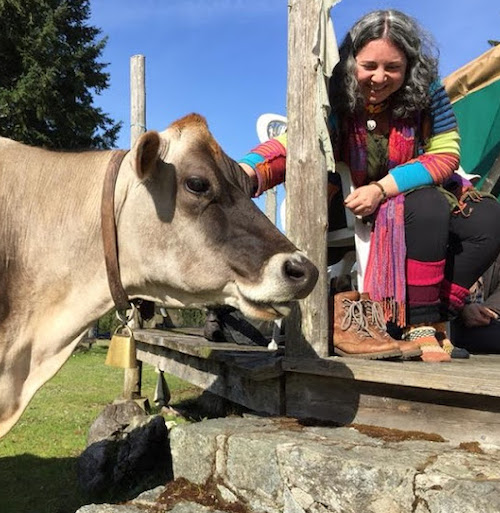Get unstuck and wild with your own permaculture design
“Everything gardens, or has an effect on its environment.” ~ Bill Mollison, co-founder of percolator

I am one of the 40+ women co-teaching the first ever women-led online permaculture design certificate that officially opened last April 1st. We have now 150+ students, 30% of them with scholarships, coming from diverse backgrounds, genres, ages and levels of experience (some are permaculture teachers themselves who wanted to refresh their skills and get a new perspective, some already have at least one PDC in their pockets but wanted to explore one that would expand in the evolving edges of social and inner permaculture, and some are absolutely new to the concept! Some have farms or yards, some live off the grid, others live in cities or tiny apartments, we have it all!).
Reading their introductions has been one of the most inspiring and empowering (as well as humbling) experiences I have had as a teacher and learner myself. I never had a doubt this was going to be an exciting and groundbreaking journey, but now, I’m more committed than ever had!
As I start receiving my own permaculture students, I hear the question again and again: where should I base my design? Should I start with something I know or someone else’s backyard? What if I am not a hands-on person? What if I don’t have land?
Permaculture is much more than land and stuff-full systems
Permaculture, as you would see in this course (yes! registration is ongoing, so what you are waiting for?), has evolved and transformed since it was first promoted and given a name and a shape by Australians Bill Mollison and his students in the late 70’s. While it is based in their own carefully documented observations, trials and the curation of dozens of documentation and practices from many indigenous cultures, permaculture has grown far from the design of sustainable food, energy, shelter and other systems, and most of this exploration (into the social, economic and psychological realms of permaculture) has been done by women.
With time, many of us have noticed that many of the “designs” were all based on “stuff”: a garden, a farm, a water or waste system, a house or a community of houses with food, water, energy and other systems around. Most PDCs base their designs on some sort of garden or food forest.
But while those components and systems are important (and we should all learn about them if we want to create a regenerative and ethical future for all), if we miss the “invisible structures”, those systems are doomed to fail: these “invisible structures” are, unfortunately, the least explored by most PDCs: we are talking about how you live your life, how you nurture your relationships, how you care for yourself, change patterns that are not healthy or helpful to you and those around, make decisions, navigate through conflicts, create a healthy and ethical economy and community that respects the Earth and all other beings, raise children, provide support for those who are in vulnerable places or wounded…
How this affects your design
Your design is yours. If this is your first PDC, it is normal to be all stiff and anxious and try to stuff it all in one place. It is also normal to have doubts and to try and imitate one of the many amazing examples you may have seen during the course. But permaculture, as my fellow teachers say in our course intro, is about observation and relationships: “You can have solar power, an organic garden, an electric car, and a straw-bale house and still not live in a permaculture.” You need, however, to start from something, and that “something” may be guided by your or your community needs, strengths and interests, previous experiences and skills and what’s available around you.
Even if you are an experienced permaculturist, you may be stuck with people’s backyards and rain harvest systems design: many permaculturists end up becoming landscape designers. But again, a food forest doesn’t make a permaculture: only a design that includes a full cycle, whole-systems approach has the potential of becoming something ethical, sustainable and regenerative: a perma-culture or something “permanent” through the natural changes of cultures and what sustains cultures: food, water, energy, etc.
What is more: many graduate from a PDC thinking that permaculture is about the techniques they practiced: herb spirals, swales and keylines, forgetting that good design takes into account what’s in place already and what is appropriate for the place, people and elements already there: permaculture is the farthest to “one-size-fits-all” you can get, because is based on observation and ethics. A food forest in a deforested place can create more harm than good, and mulching may your garden rot if you apply it where is not needed!
Let’s get you unstuck and wild!

First the first: remember that permaculture is a design system based on whole systems approach, observation of natural systems (and yes, social, political and economic are also part of nature, we humans are not from another planet!) and ethical foundations. This means that you can use permaculture to design almost anything: from a garden to a space program, let’s take a look at some of the areas people have focused their designs:
· Food production to meet their and their family’s needs (examples: community gardens, family plots, food forests, food balconies, animals integrated in the system when appropriate, etc.)
· Restoration and regeneration projects to support species that may have been impacted by displacement, deforestation, pollution, “development”, etc. (examples: pollinator corridors for bees and bugs, community food forests, rain gardens to recycle polluted water, etc.)
· Energy descent design: to reduce their overall ecological and carbon footprints (full-cycle study and re-design plan to retrofit your house, workplace, school, community hub, suburbs…)
· Ethical livelihoods: to create resilient, ethical and regenerative businesses or “livelihoods” (earning money while regenerating and restoring social and economic systems, ecosystems, food, water, energy, transportation, shelter, waste systems, etc.)
· Lives, behaviours and relationships: creating new patterns of behaviour that are healthier, regenerative, nurturing and caring
· Community hubs, organizations, networks, grassroots groups: creating new systems that truly care for the people, are just and also care for the Earth while helping the group to deliver what was intended to do
· Restoration and regeneration projects in wounded and broken places: creating beauty and restoring the broken interconnections in areas damaged by war, climate change, social or economic oppression, trauma, pollution, etc.
As you can see, the list can go endless, as every category above may contain plenty of examples at any scale: from personal to communal and as “formal” as needed (depending on who you are and who are able to involve, a design project may involve local authorities, community representatives and a sort of professionals).
The important thing is to know that you can start as small as you want, and that small is always better for those who have never designed before: “start small and slow”, is one permaculture principle. You don’t want to go too big to fail, and want to test your design to make necessary adjustments.
Ways to unblock designer’s creativity

· Take a walk in nature: leave all behind (turn your cell mute or off, forget the dog, if possible go solo) and allow yourself to become truly immersed into the landscape: open all your senses and absorb as much as you can, without an agenda…do this as many times as you need through the design process. Sometimes, you may ask the land, the birds, the trees, the question you have in your heart…allow it to flow freely and wait
· If you are planning to design something tangible, like a garden, take many walks into the space, touch and smell everything. If you can, spend different days at different times from different angles, sleep there, eat there, talk to it, and allow the space and the present elements to tell you what they need, and what they can give with what they already are
· If you are planning something more intangible, like a community hub or a business, the approach is different: spend time with each member or potential ‘client”, call for a World Café, create a network, ask questions and allow the needs and expectations to flow as well as the strengths and opportunities to emerge. Listen and allow them to tell you what “shape” the design may require
· If you are working on a behavioural/relational design (inner permaculture), take time off and go into nature, if possible, away from it all and alone. Journal, note what your body and your soul are asking for and telling. Take note of the blocks and the flows, and consider getting a coach with permaculture background
Want to learn more? Consider registering to our ongoing Online PDC!



